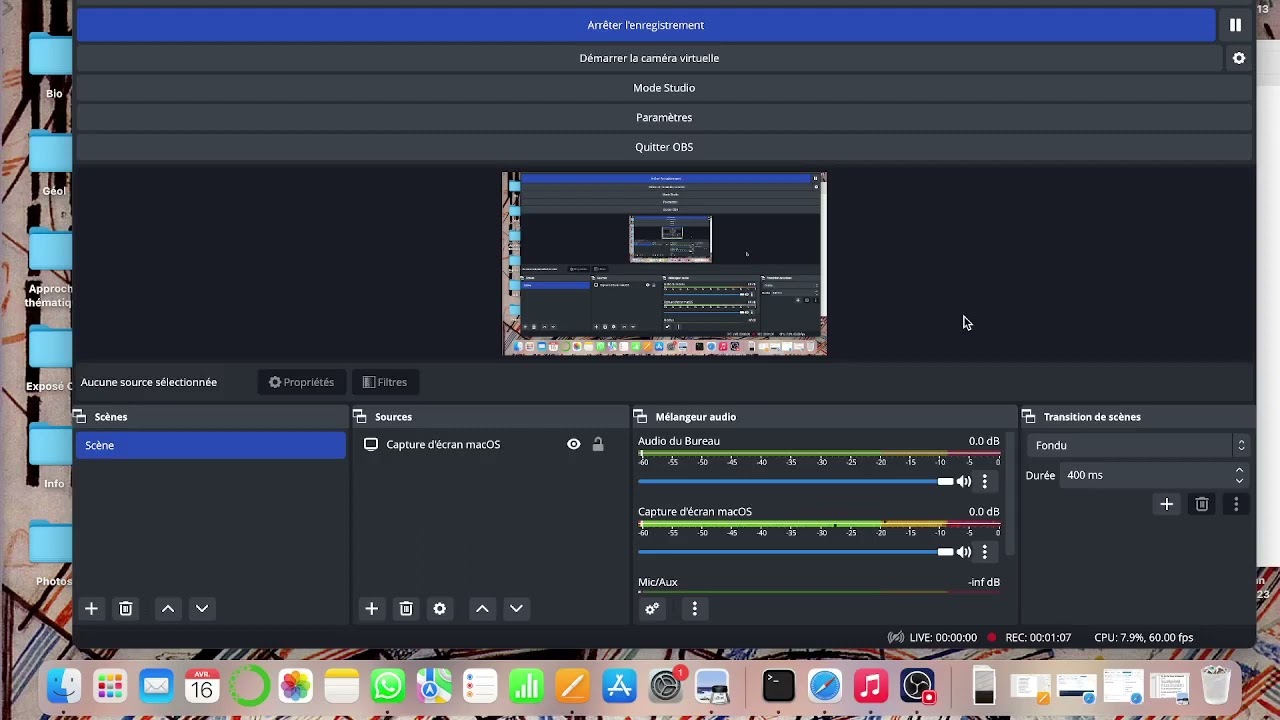OK @mauraulucien COOL!  Thanks for posting this. Really cool jam track!
Thanks for posting this. Really cool jam track!
Yeah so all of @Slim’s advice is great. 3rd position is a wise and fun investment of time.
I’m gonna offer another perspective here. This tack is a PERFECT example of a tune that really lends itself well to a Natural Minor tuned harmonica.
The reason why? It’s a true minor blues:
- the i chord is minor,
- and the iv chord is also minor.
If the IV chord were major, like on the song Messin’ with the Kid or like Oye Como Va which is in one of the links in my previous post on the thread, 3rd position lends itself particularly well in those kind of contexts.
I’m gonna spit out some jargon here, but stick with me here, even if some is Greek.
In 3rd position, when you play the minor scale in the middle octave:
-4 5 -5 6 -6 -7 7 -8
You are playing what’s known as the Dorian mode.
Dorian is the same as Natural Minor BUT the 6th scale degree is raised.
The 6th degree of a scale is important when you go to the IV chord, because it is the 3rd of that chord, and thus will dictate whether that chord is major or minor.
So on this jam track, when you go to the iv chord, you will have to avoid the -7 as it will sound sour.
Now, while it’s true that if you’re just playing pentatonic or blues scale stuff then this is irrelevant, you’ll find that on a Natural Minor harmonica you don’t have any avoid notes. (And it’s fun to play minor scales on minor blues)
MORE IMPORTANTLY, on a Natural Minor harmonica you can play CHORDS!
And this Blues track has what they call “a Quick IV” which means the 2nd bar of the form goes to the iv chord. So you’re getting some iv chord in every phrase:
- In the first 4-bar phrase (bar 2 of the form)
- In the 2nd 4-bar phrase (bars 5 & 6 of the form)
- In the 3rd 4-bar phrase (bar 10 of the form, after the v chord)
You’ll find it’s really fun being able to play chord in those places, and to know that anywhere you blow on the harmonica will sound very consonant with that chord.
Finally, this song also has a minor v chord, which you can also play on a natural minor harmonica -456
So if you love playing with this track, and you’ve got some extra dough, it’d be a perfect opportunity to dip your toes into a Dm Natural Minor tuned harmonica.
Remember, Natural Minor harmonica’s are labeled in 2nd position. So a Dm harmonica is gonna be in the same range as a standard tuned G harmonica.
You can get a Lee Oskar for around $50.
I just bought a Joe Spiers Custom Custom Special 20 Natural Minor harmonica for a meager $250!  (But worth every penny for me personally!)
(But worth every penny for me personally!)
Hope that helps! 

